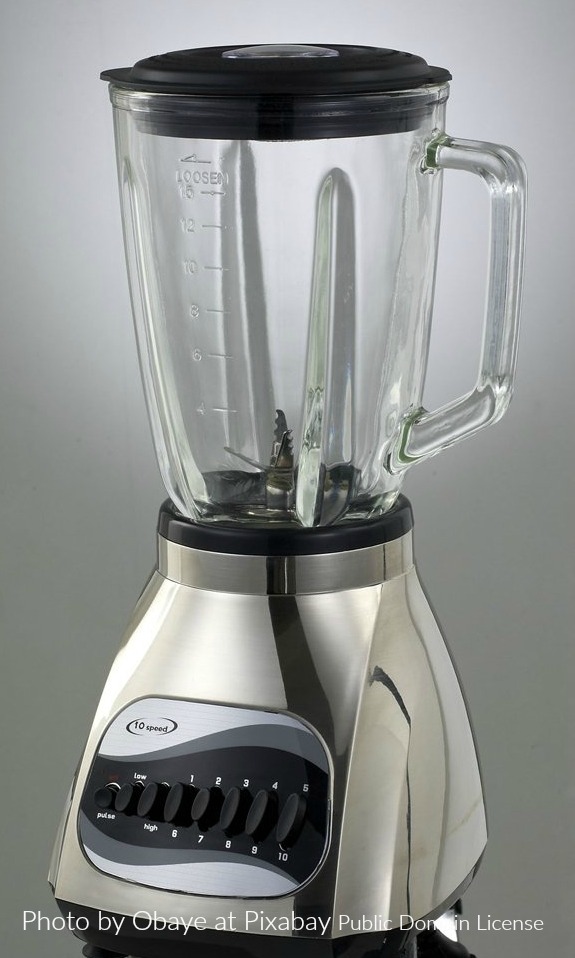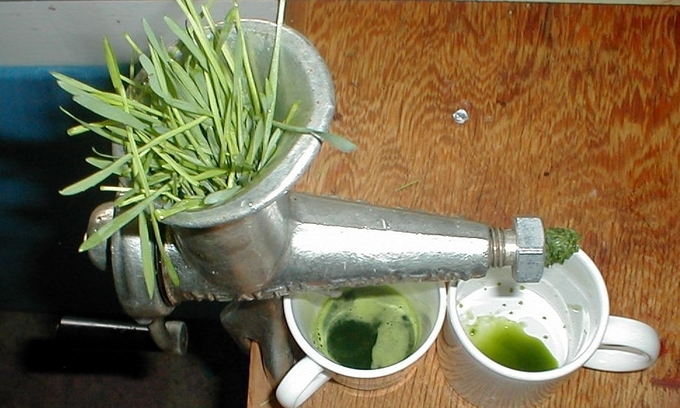 Harvesting your apples? Been to your local farmer’s market and bought a bushel of apples? Cookie Butter Apple Treats may be a new delicious treat to please the entire family while you are processing your apples for the season. This simple 4-ingredient recipe is easy and yummy. Any variety of apple tastes delicious with this cookie butter dip recipe, but we prefer Fuji, Gala, or Pink Lady (whichever is the best price or whichever apple is ripe on the tree).
Harvesting your apples? Been to your local farmer’s market and bought a bushel of apples? Cookie Butter Apple Treats may be a new delicious treat to please the entire family while you are processing your apples for the season. This simple 4-ingredient recipe is easy and yummy. Any variety of apple tastes delicious with this cookie butter dip recipe, but we prefer Fuji, Gala, or Pink Lady (whichever is the best price or whichever apple is ripe on the tree).Cookie Butter Apple Treats Ingredients
- 8 Tbsp. cookie butter – room temperature (I prefer Bischoff Cookie Butter so I feel like I’m flying on an airplane)
- 4 Tbsp. vanilla greek yogurt
- apple discs – 2-3 apples, sliced crossways
- 1/3 cup chocolate chips – melted (optional)
- brine – 2 cups water with 3 Tbsp. lemon juice or 1 Tbsp. salt
Directions:
- In a medium bowl, add lemon juice or salt into 2 cups water. Stir and set aside.
- In a second medium bowl, combine cookie butter and yogurt. Stir mixing well and set aside.
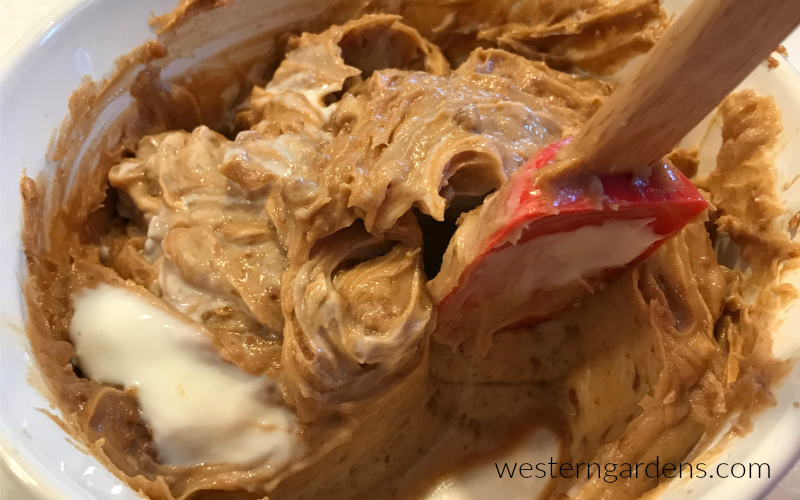
- Take your whole freshly harvested apples and slice them crossway through the center of the apple. Apple seed “star” should be in the middle of your circle or disk. Remove the seeds or centers of each apple disk using a tiny round cookie cutter or a knife. Your apples now look like skinny flat discs or donuts.
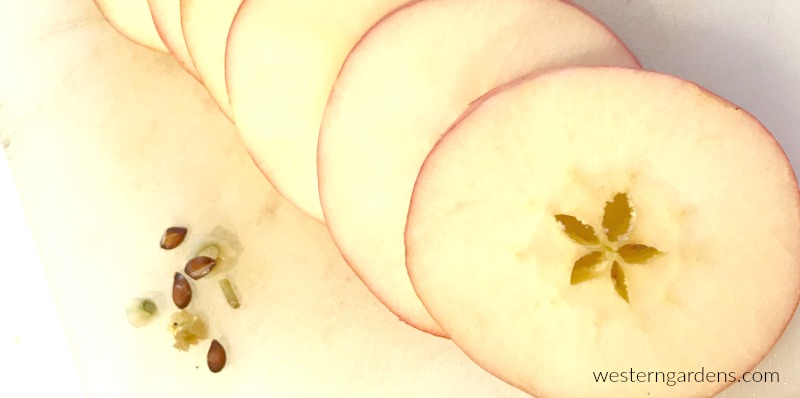
- Place the apple slices into the lemon or salt brine. Let soak for 1-2 minutes. (This will keep the apples from turning brown.)
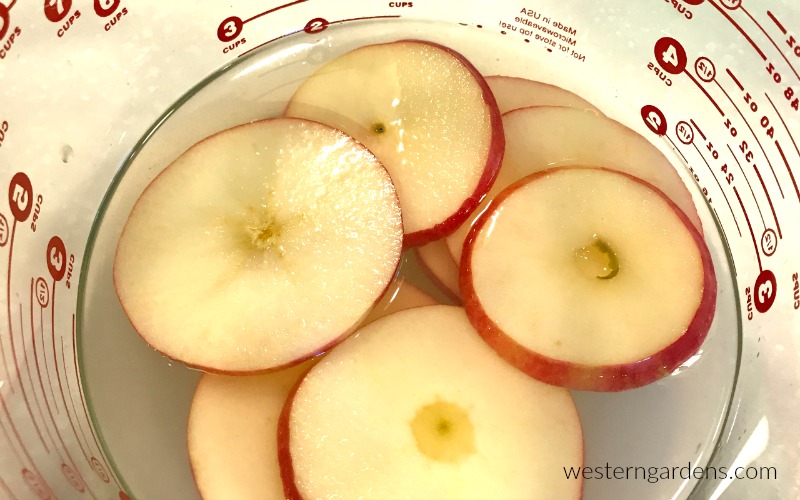
- Place apple slices on a clean dishcloth or paper towel. Flip them over so both sides are now somewhat dry.
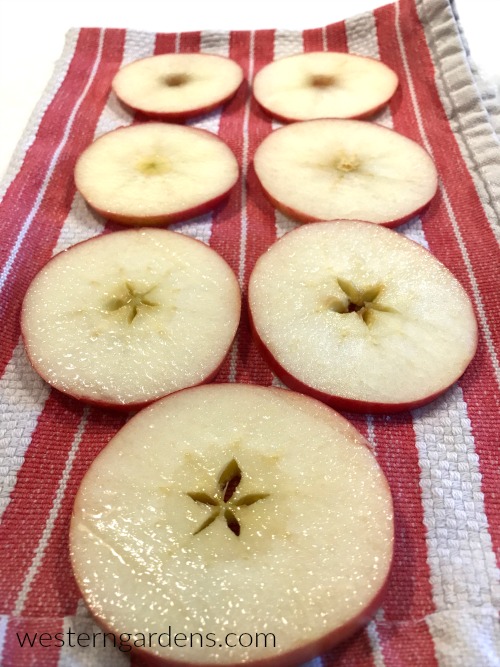
- Using a large piping tool, pipe the cookie butter mixture in swirls on top of the apple discs. (I like to use the Pampered Chef Easy Accent Decorator)
- Refrigerate and serve. Yum!
- Optional – Melt 1/3 cup chocolate chips. (Use double boiler on stove or microwave 10 seconds at a time until the chocolate stirs smooth.) Drizzle or flip with a stick the chocolate over the apple discs. It is very wise to wear an apron for this task.
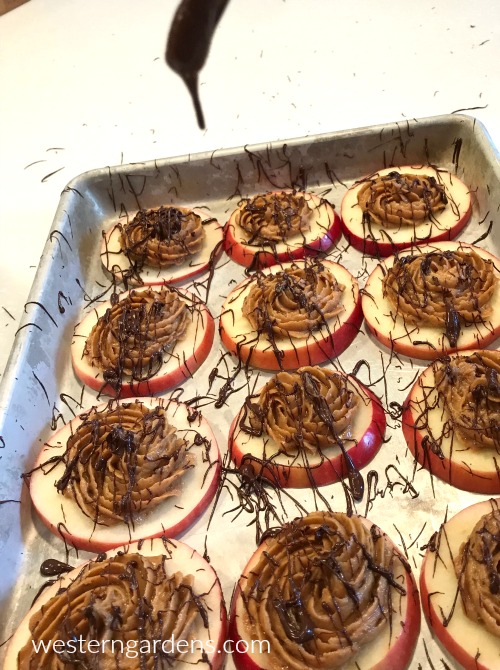
If you don’t want to do the apple disks, you can simply place the cookie butter dip in a bowl surrounded by any variety of apple wedges reading to scoop.
Cookie butter apple treats are a real crowd pleaser! And even more delicious and satisfying when you grow and harvest your own apples! Let Western Gardens teach you how to choose an apple tree for your yard. It doesn’t have to grow super big to have a delicious harvest.
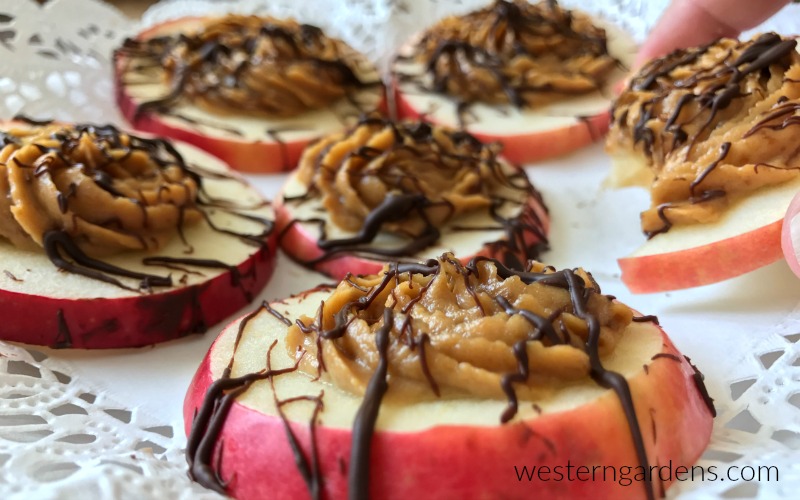

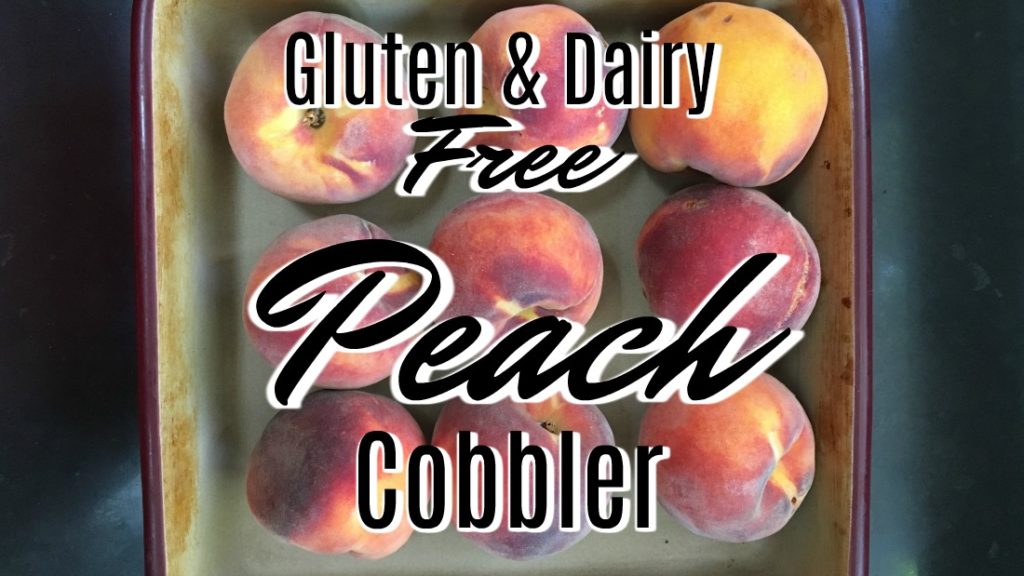
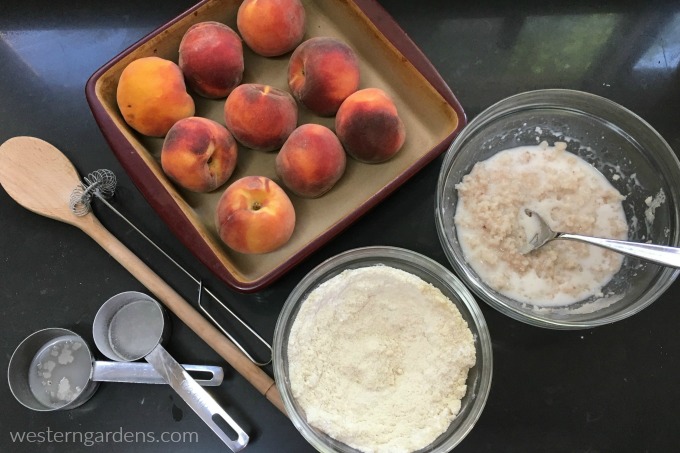
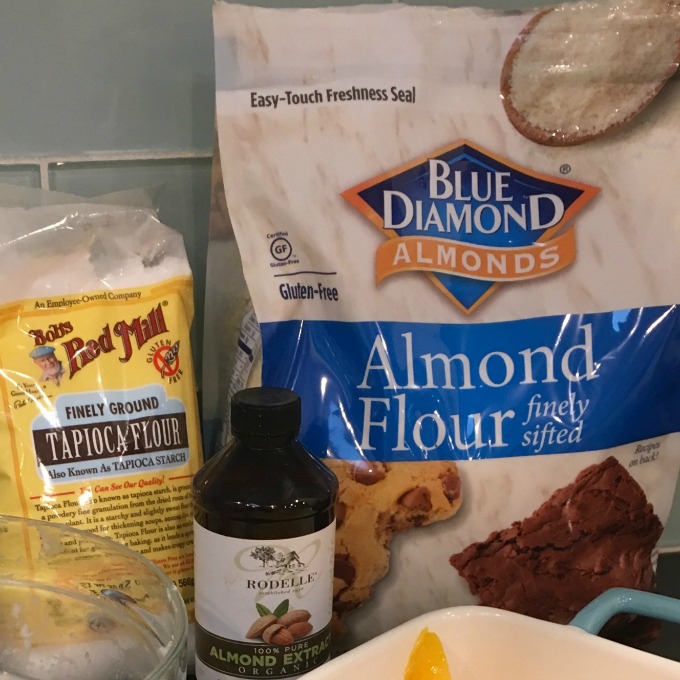
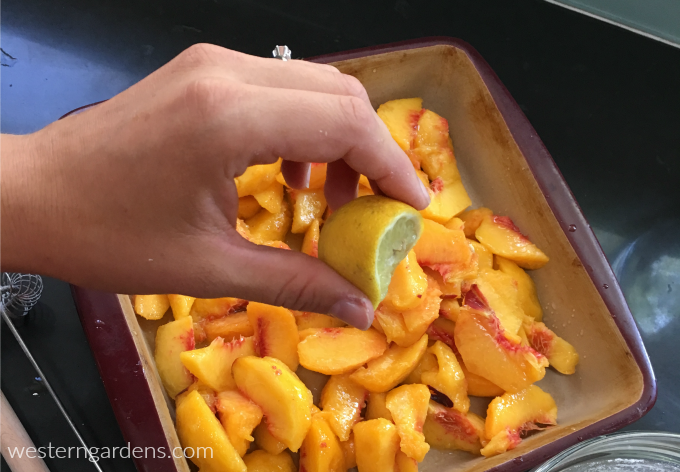 Batter:
Batter: 

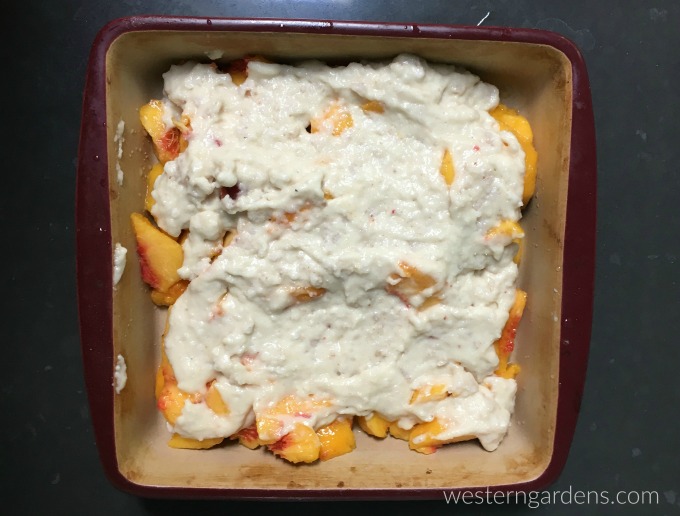
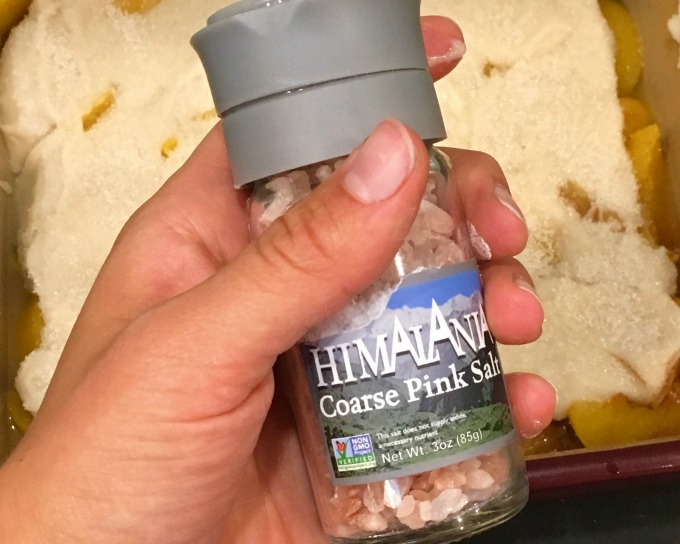
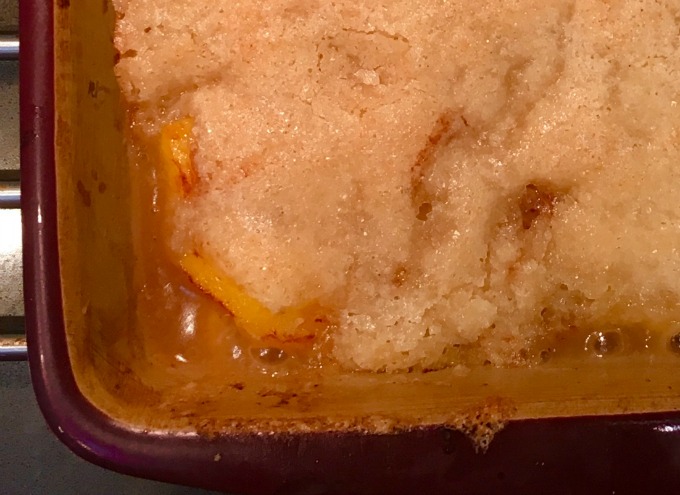
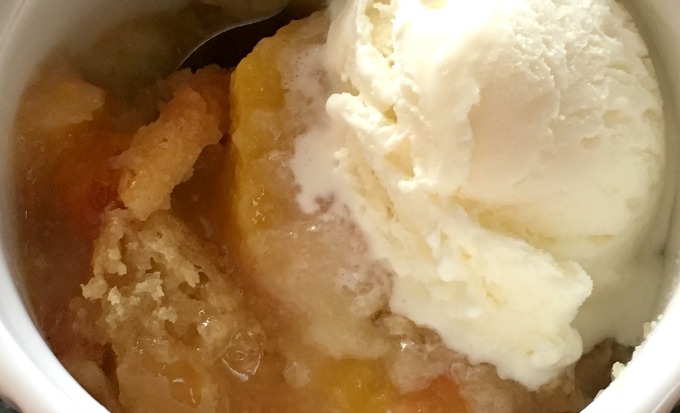
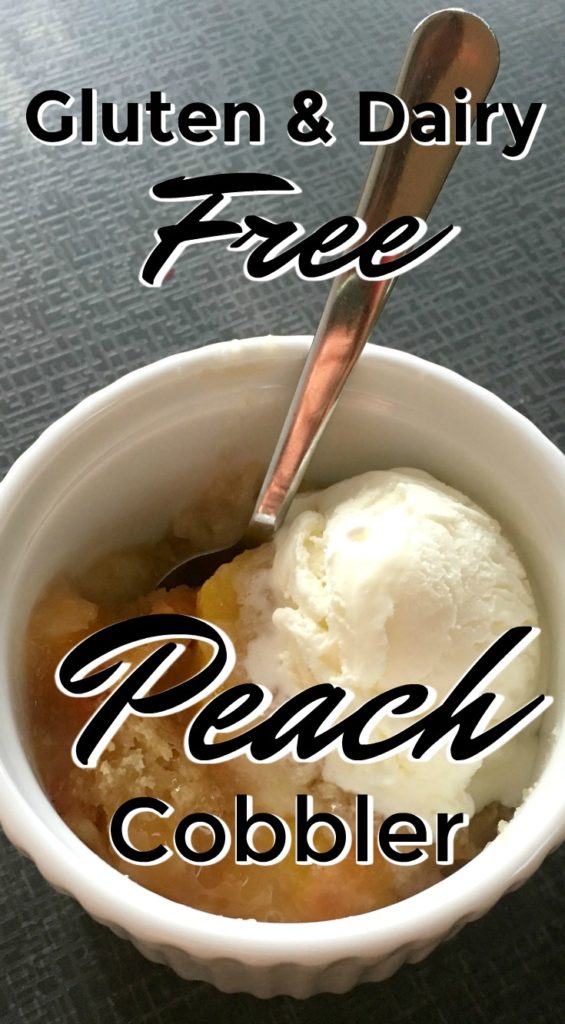
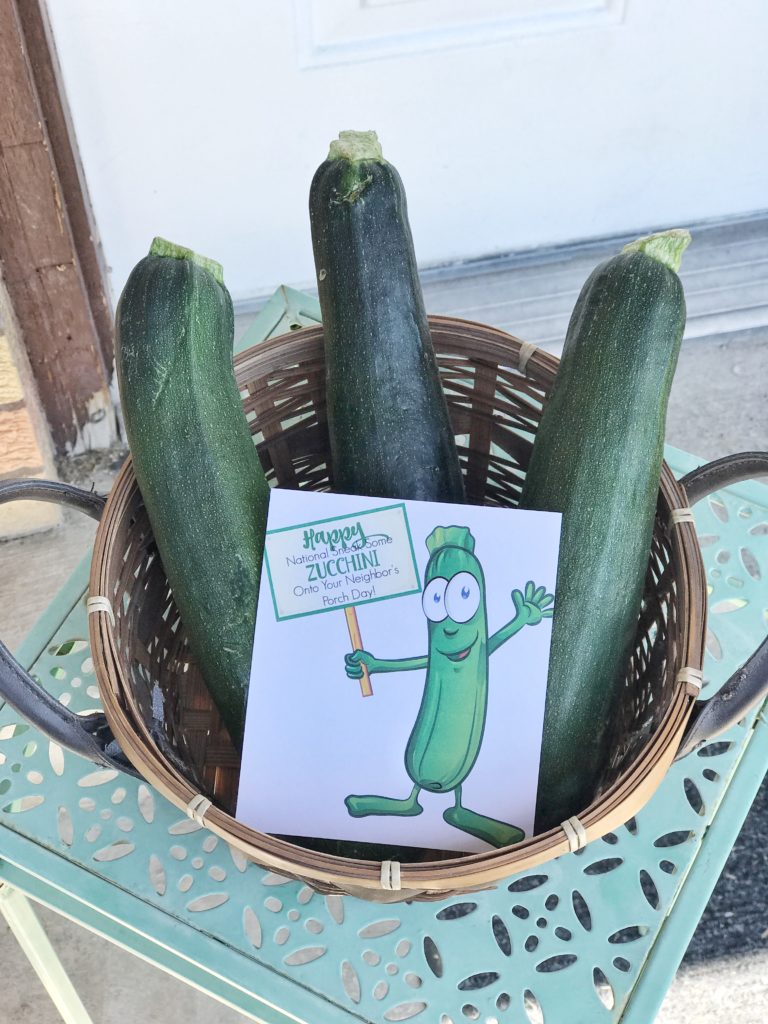 The funny thing about National Sneak Some Zucchini onto your Neighbor’s Porch Day is, what person (who has a garden) isn’t going to be over the moon excited to celebrate this day. I mean, if you were to start putting some of your zucchini abundance onto all your neighbor’s porches on just a random Tuesday people might think you were weird BUT make it a national day that you can include on a fun note and it’s perfectly acceptable to share the zucchini love!
The funny thing about National Sneak Some Zucchini onto your Neighbor’s Porch Day is, what person (who has a garden) isn’t going to be over the moon excited to celebrate this day. I mean, if you were to start putting some of your zucchini abundance onto all your neighbor’s porches on just a random Tuesday people might think you were weird BUT make it a national day that you can include on a fun note and it’s perfectly acceptable to share the zucchini love!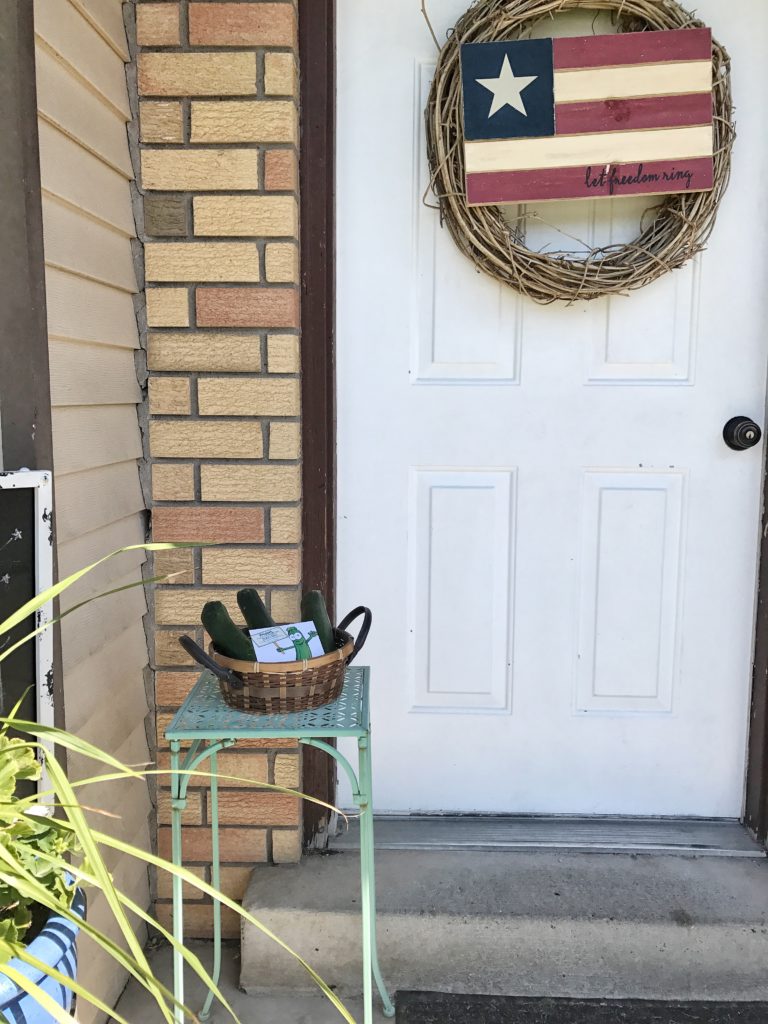 As I was thinking of different ways to celebrate this fun holiday I started thinking of some of my favorite zucchini recipes. I think zucchini bread has to top the list, I like to pretend it’s completely healthy because it has quite a bit of zucchini in it, perfect for those days when I’m dieting. I don’t want to make National Sneak Some Zucchini Onto Your Neighbor’s Porch Day a chore for you so I am not suggesting that you make zucchini bread for all your neighbors but you could include a recipe for zucchini bread (or cookies, cupcakes, brownies…there are so many delicious zucchini recipes) along with the needed amount (or more) of zucchini. You may just introduce them to a new favorite recipe.
As I was thinking of different ways to celebrate this fun holiday I started thinking of some of my favorite zucchini recipes. I think zucchini bread has to top the list, I like to pretend it’s completely healthy because it has quite a bit of zucchini in it, perfect for those days when I’m dieting. I don’t want to make National Sneak Some Zucchini Onto Your Neighbor’s Porch Day a chore for you so I am not suggesting that you make zucchini bread for all your neighbors but you could include a recipe for zucchini bread (or cookies, cupcakes, brownies…there are so many delicious zucchini recipes) along with the needed amount (or more) of zucchini. You may just introduce them to a new favorite recipe.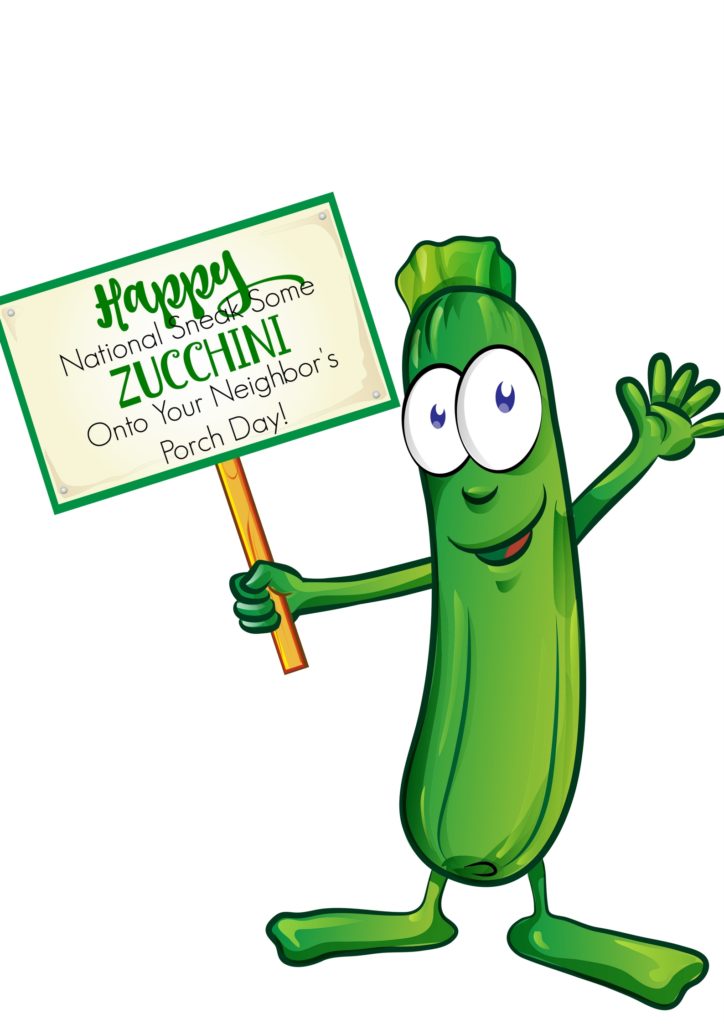
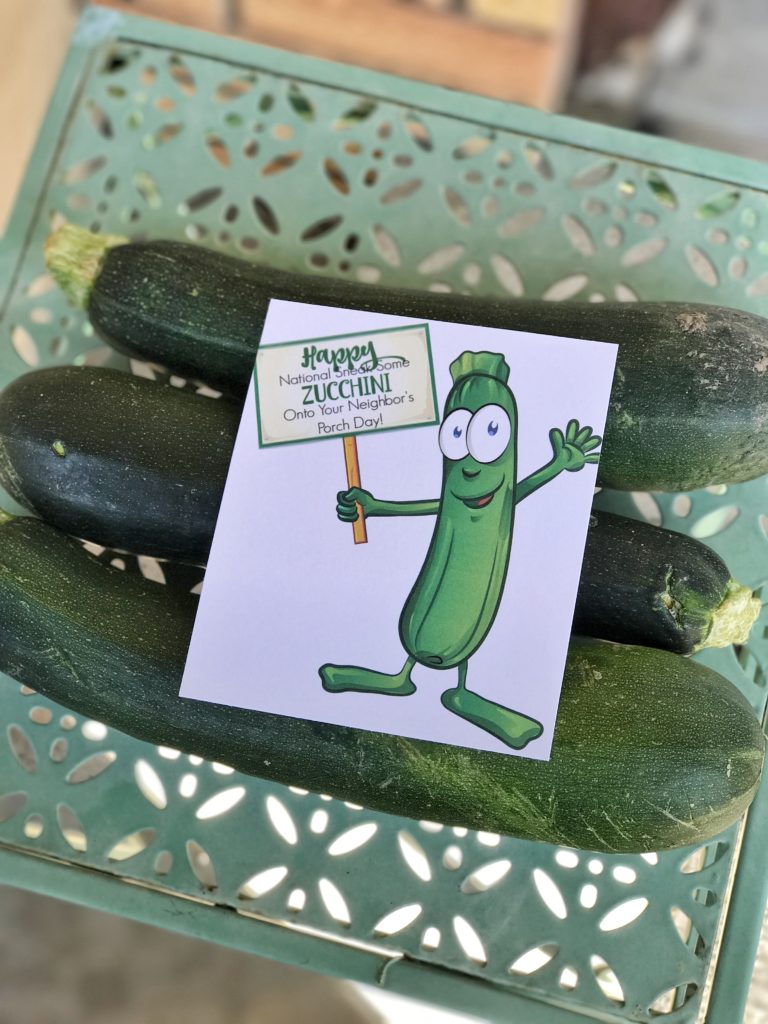


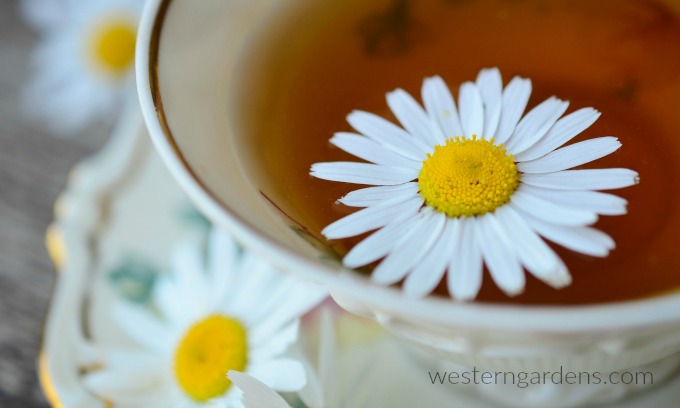
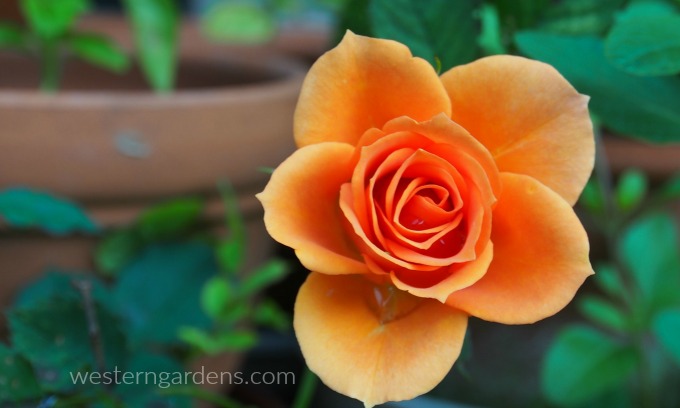
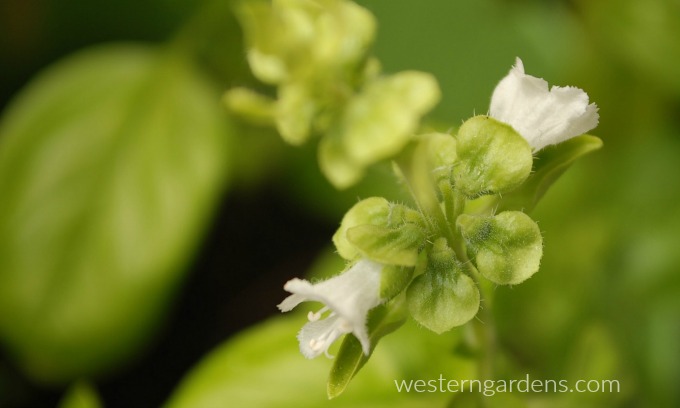
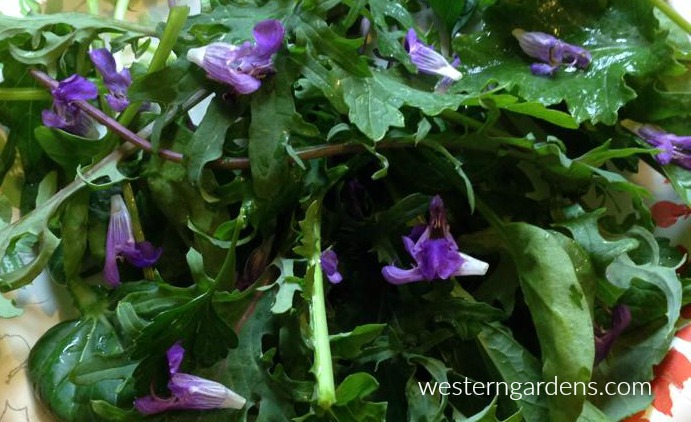
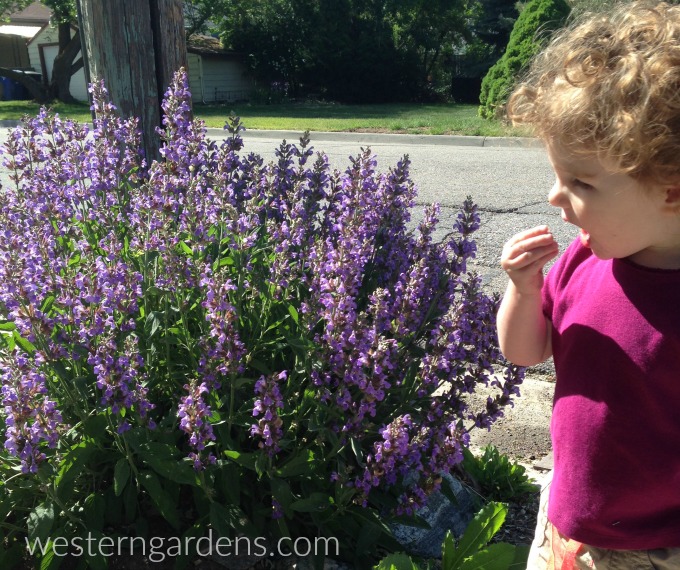

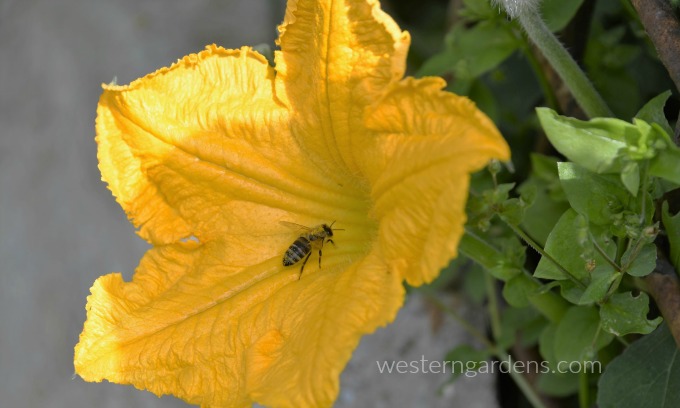
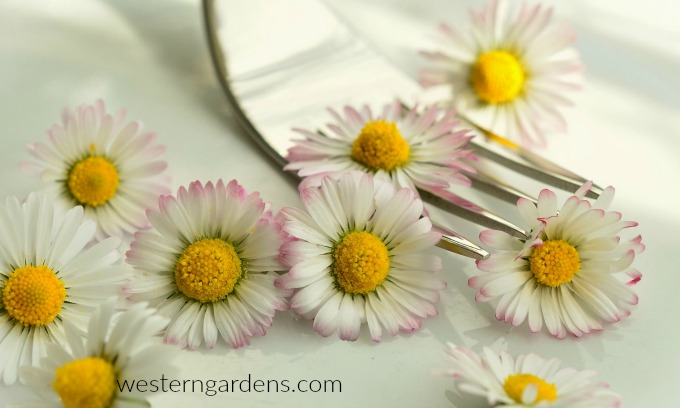
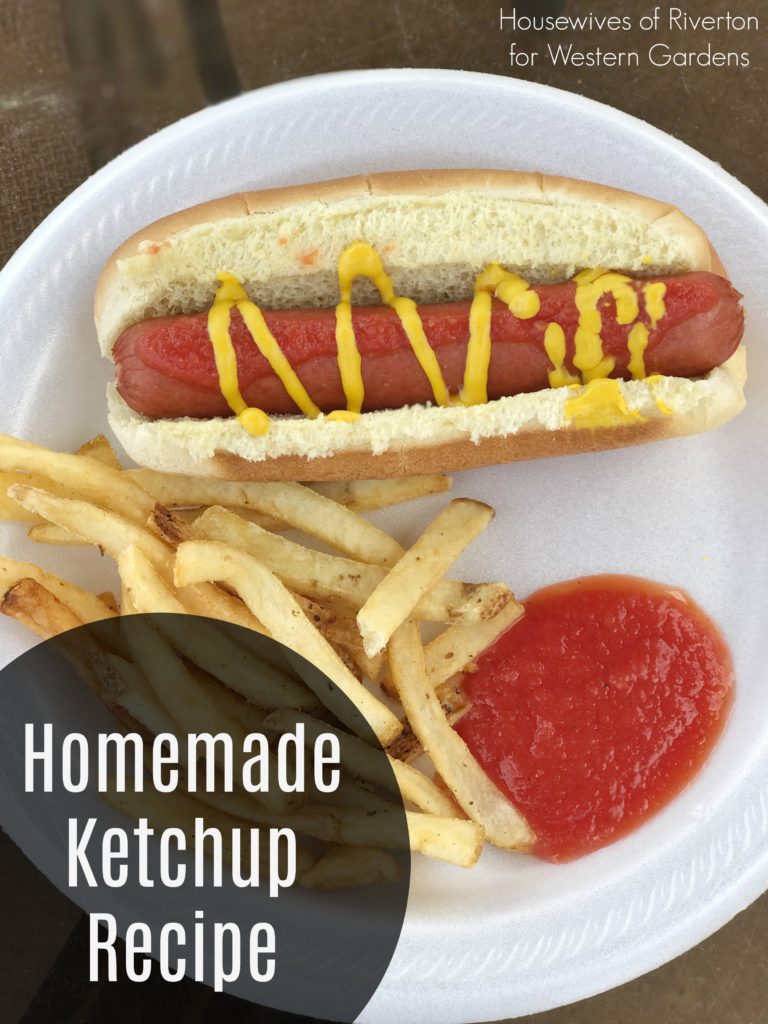 Are you looking forward to summertime and all the amazing foods summer brings? I love picnics and bbq-ing, basically anything that allows me to eat outside and on dishes I don’t have to wash afterward. One consistent condiment is ketchup, it seems like ketchup goes with just about every summertime meal.
Are you looking forward to summertime and all the amazing foods summer brings? I love picnics and bbq-ing, basically anything that allows me to eat outside and on dishes I don’t have to wash afterward. One consistent condiment is ketchup, it seems like ketchup goes with just about every summertime meal.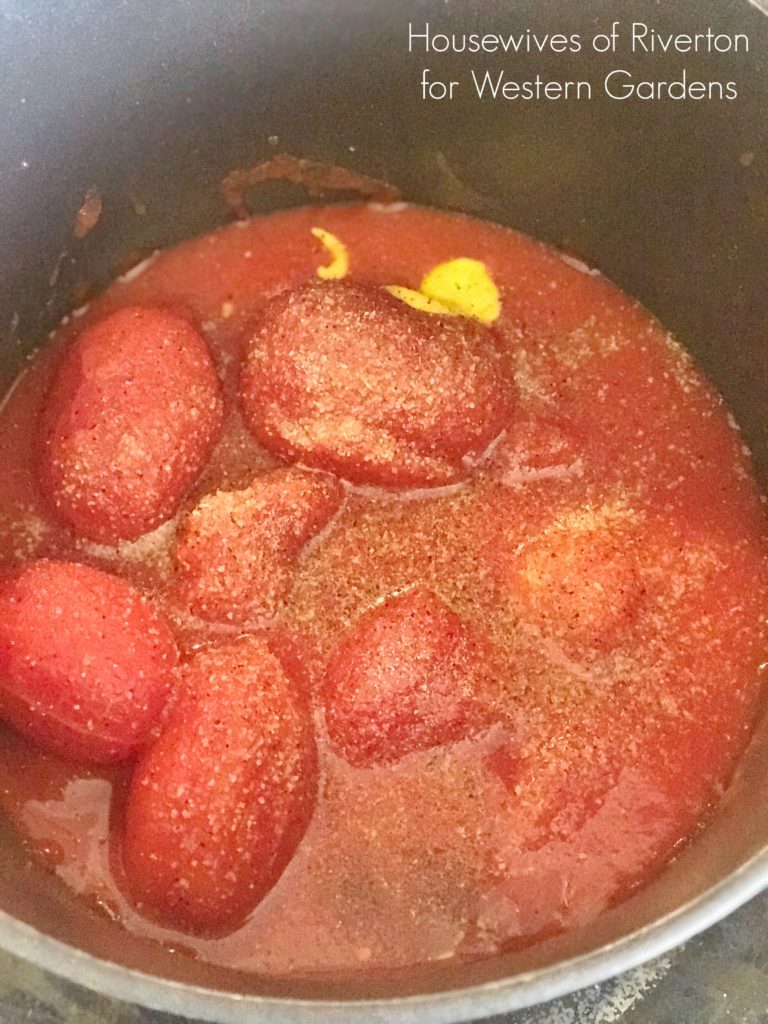
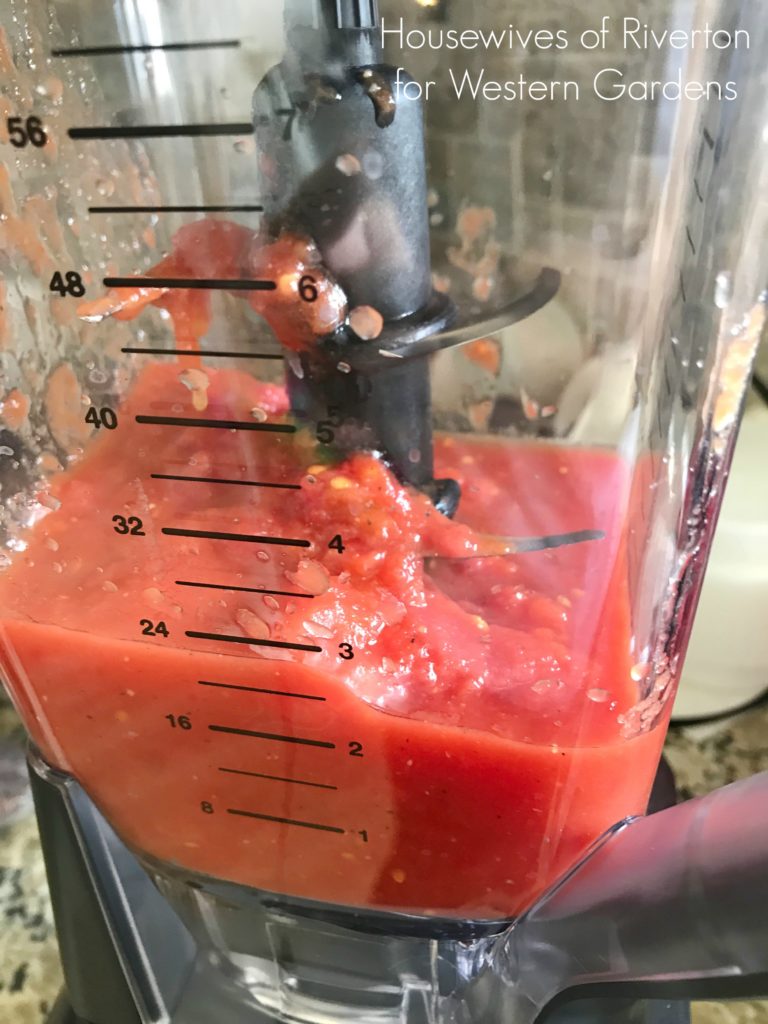

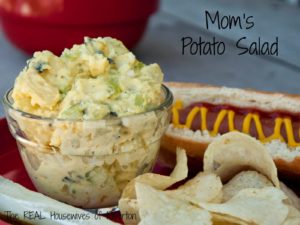
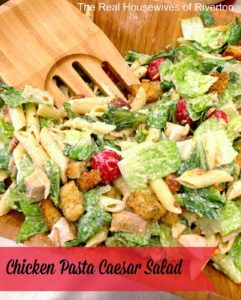
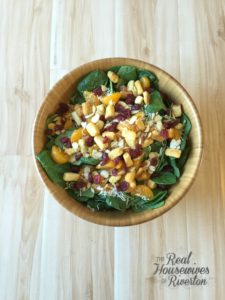
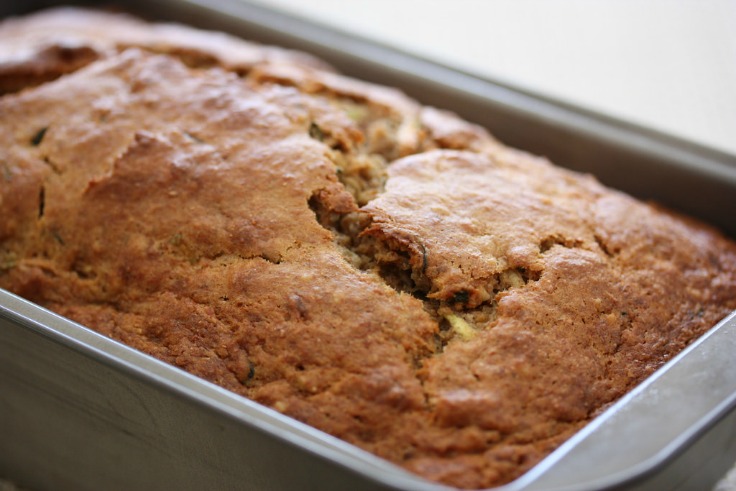

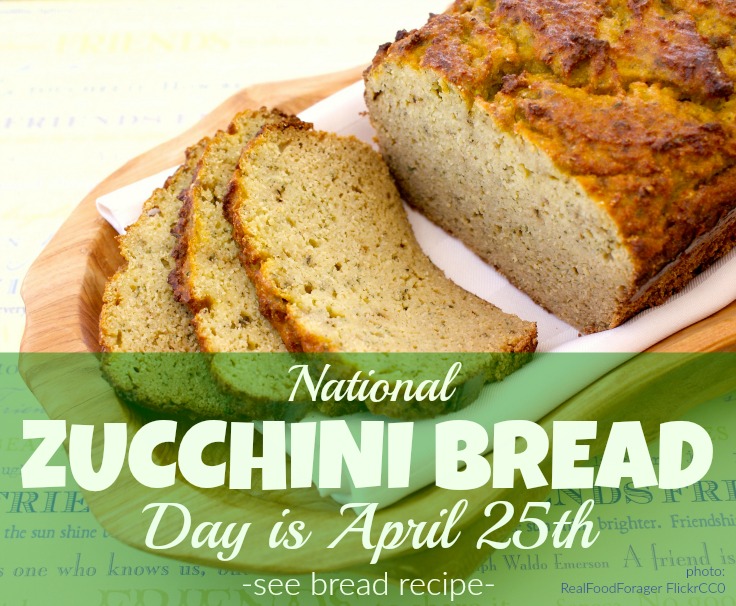
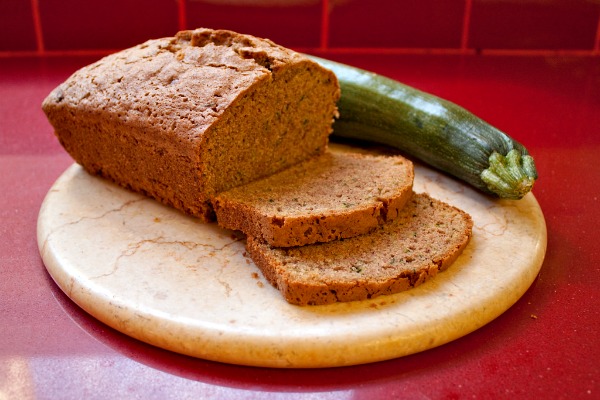
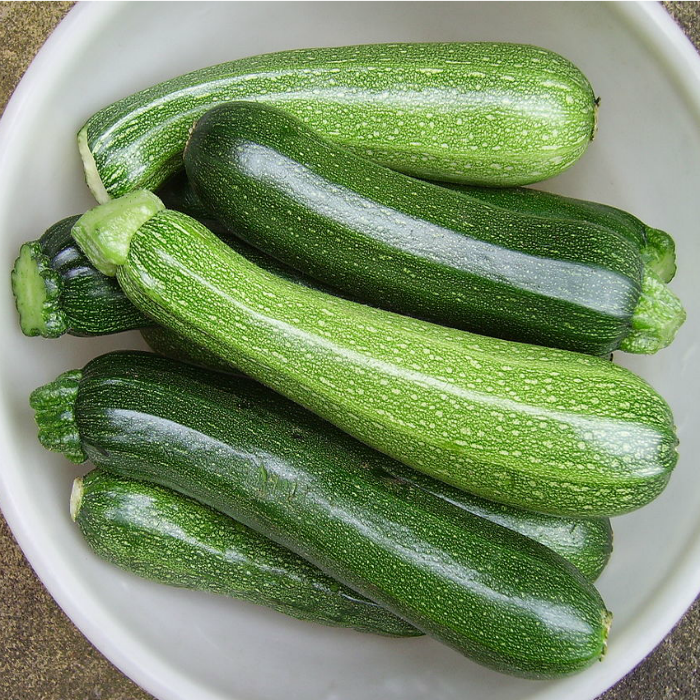
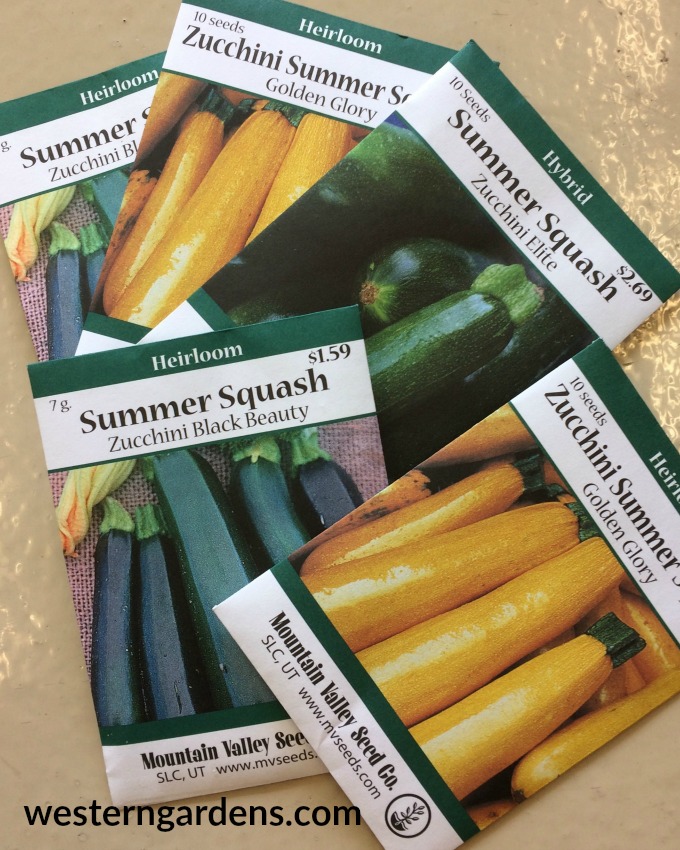
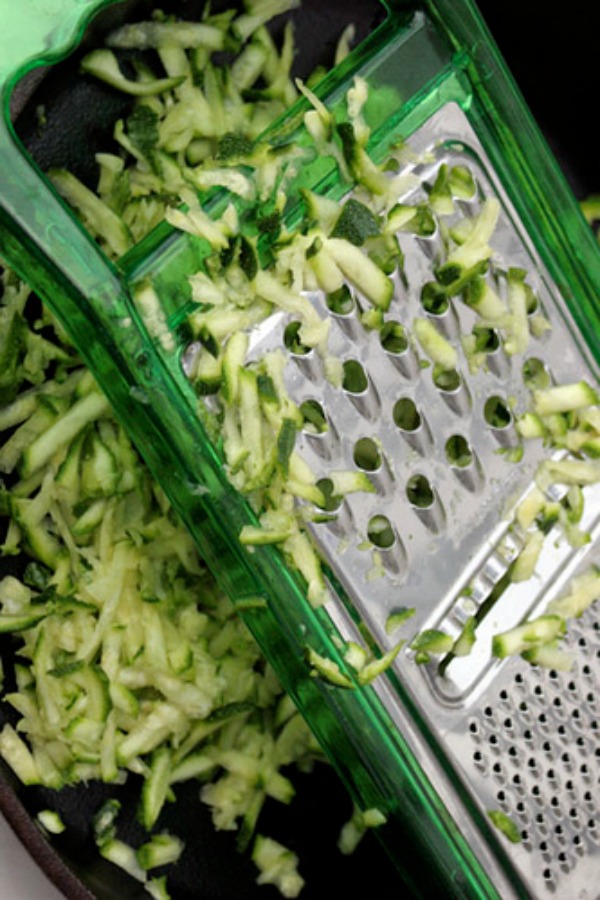
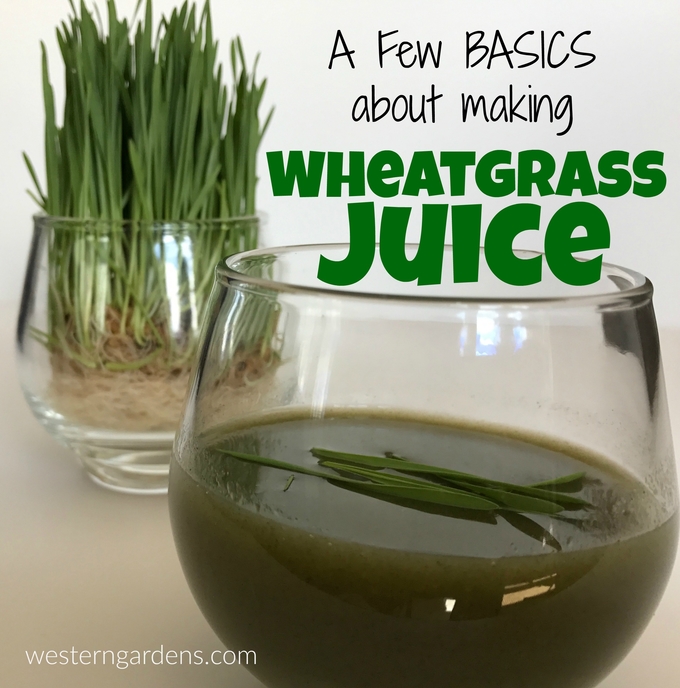
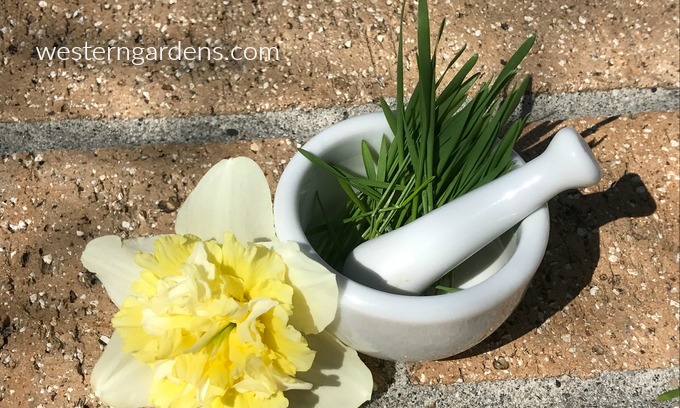 Place grass in a mortar with about one tablespoon of water.
Place grass in a mortar with about one tablespoon of water. 